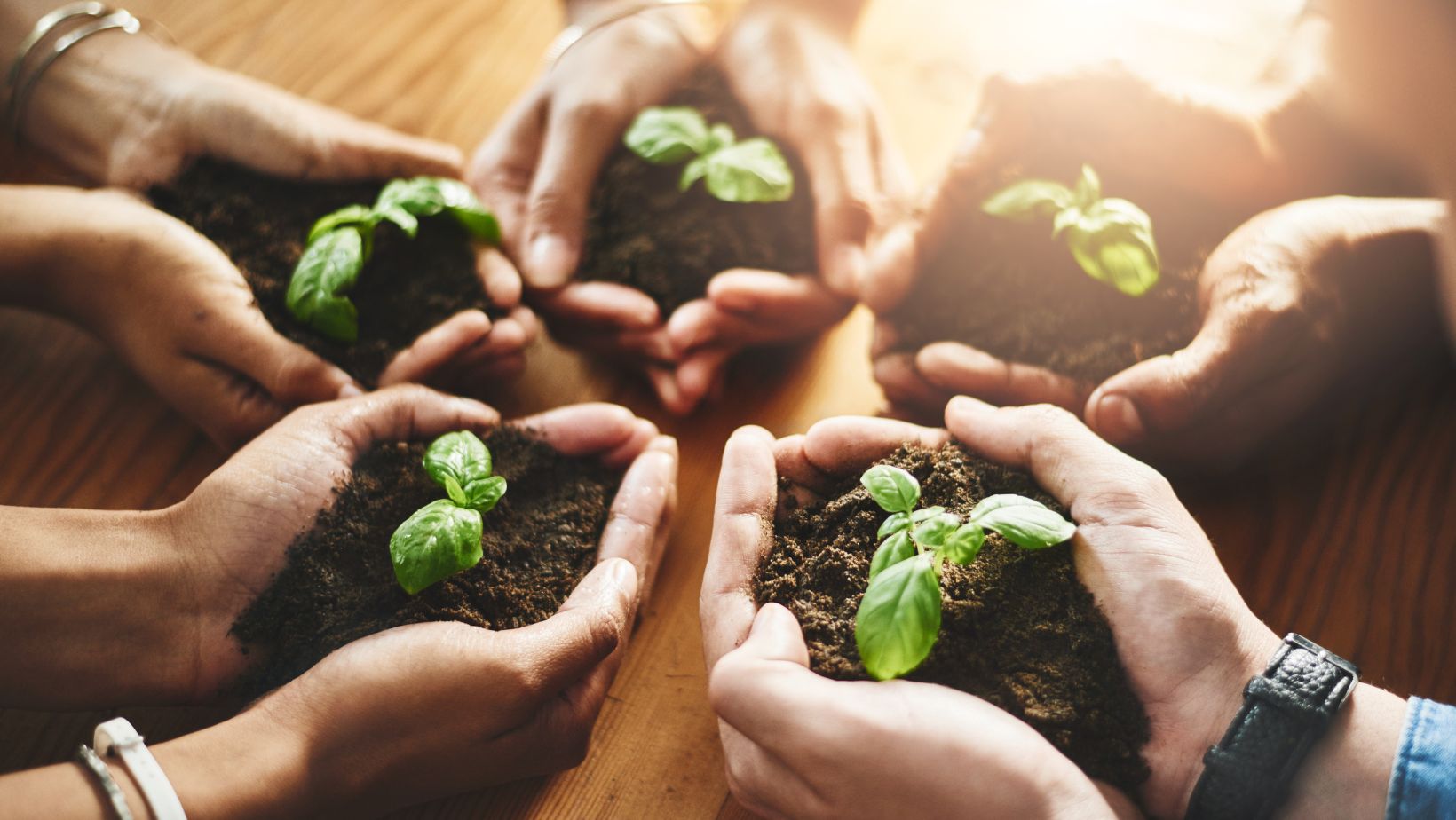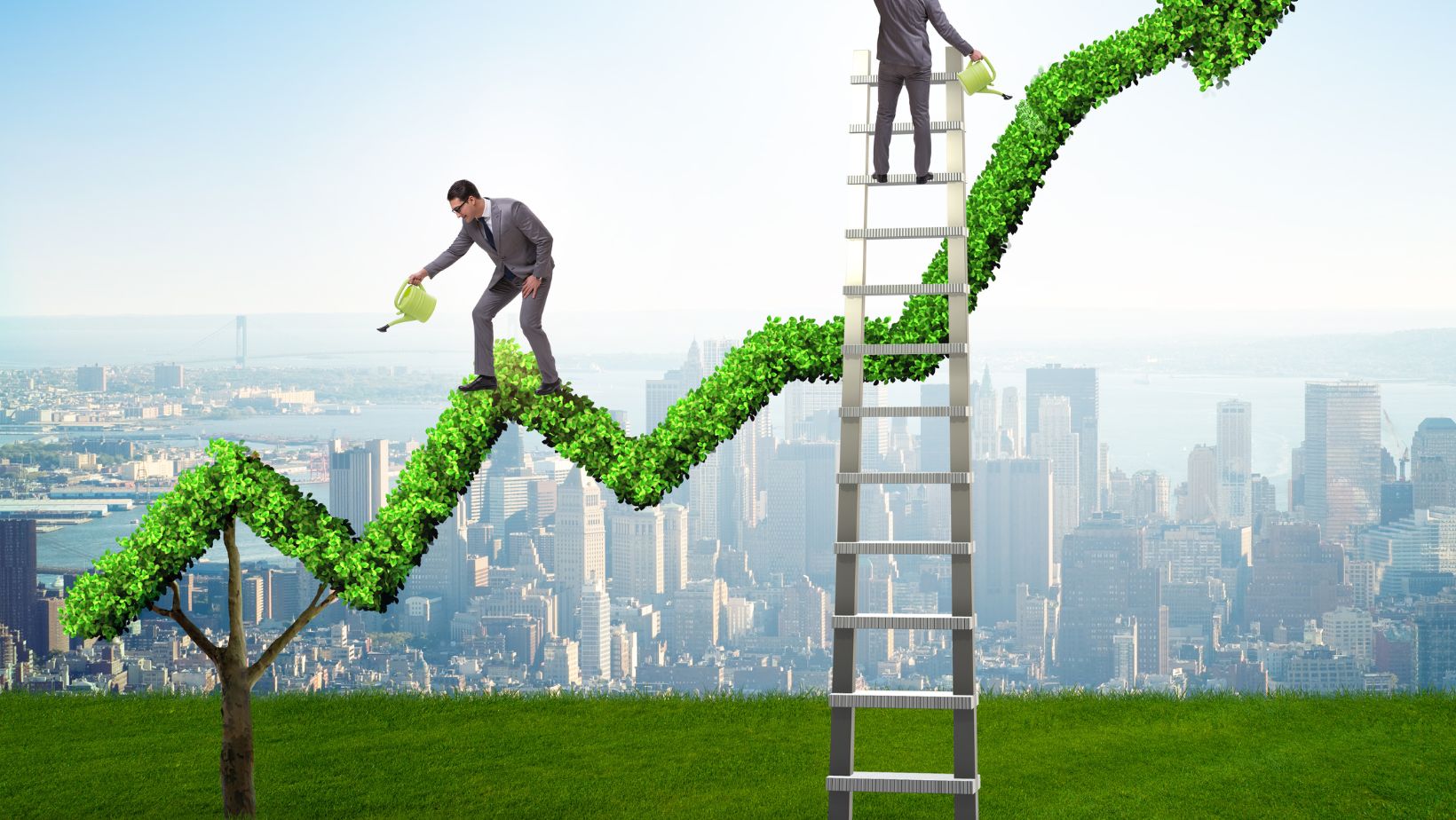How Today’s Environmental Choices Shape Our Shared Future

Imagine kicking back in a future where cities are veiled in fresh air, children run along lush green spaces, and technology and nature coexist in an elegant symphony. Now, consider this: are we actively working towards that vision? Or is it merely a utopian dream, nestled in our wishes but estranged from our actions? Our environmental choices today carve out the roadmap for the journey ahead, charting a course that future generations will inevitably tread upon.
Today’s generational mantra necessitates more than just awareness; it necessitates actionable, tangible, and impactful steps toward preserving and elevating our natural world. Our discussion here is not merely about conservation; it is a kaleidoscope that merges diverse perspectives on acting, innovating, and inspiring a sustainable future. An ethos of interconnectedness, where our choices today echo into the lifetimes of those who follow, is imperative. Our steps toward preserving the environment should be envisioned as a relay race, where the baton of responsibility and action is persistently passed forward.
The Echoes of Our Environmental Footprint
The footprints we leave behind aren’t merely physical; they are reverberating through time, impacting fauna, flora, and future generations in manifold ways. The stories of extinct species, eroded landscapes, and depleted resources narrate a tale of consumption and consequences. Exploring innovative ways to minimize our environmental footprint is not merely an obligation but a necessity should we aim to pave the way toward a more harmonious future. Engaging in practices like sustainable living, advocating for policy changes, and embracing technologies that safeguard, rather than exploit, our planet are steps we need to ingrain into our societal fabric.
Beyond the Bin
We’ve all been there: tossing a plastic bottle into the recycling bin and feeling a slight, reassuring sense of environmental responsibility. But let’s pause and unravel the reality – recycling plastic is insufficient. Addressing the complexities of waste management demands more than just sorting our trash. It is about reducing and rethinking our consumption patterns, understanding the life cycle of the products we use, and championing innovations in waste management that propel us beyond mere recycling toward a future of zero waste.

Our journey towards meaningful recycling and waste reduction requires a radical shift in thought and action, an acknowledgment of the insufficiency of current practices, and a vigorous pursuit of more holistic, impactful alternatives.
The Green in our Wallets
When finance and nature intersect, there’s a compelling narrative to be explored about how our economic structures influence and are influenced by the state of our environment. Is it possible to fuel our economies without depleting the earth’s resources? The concept of green economics springs forth, not merely as a theory but as a practical framework that intertwines economic growth with environmental sustainability. Through investments in clean energy, support for sustainable businesses, and developing eco-friendly technologies, we forge a path where economic prosperity does not spell environmental doom.
The Forests’ Silent Plea
The rustling leaves beneath our feet tell tales of times when their kin stretched across lands, unbridled and free. But the once-expansive forests now bear silent witnesses to the gashes of deforestation. How does deforestation affect the environment, you ask? The repercussions are multifaceted and profound: it’s not merely about the loss of trees but the dismantling of ecosystems, the extinction of species, and the destabilization of our global climate. Yet, amid the stumps of what once were mighty oaks and pines sprouts a seed of hope and restoration. Innovative reforestation, community-driven conservation initiatives, and a newfound appreciation for our woodland compatriots are knitting a safety net for our forests’ future.
The Liquid Lifeline
Plunge into the depths of our world’s oceans, and you’ll embark upon a journey through a universe teeming with life, mysteries, and undisputed significance. But beneath the waves, a crisis brews – marine life is besieged by plastic pollution, coral reefs languish under the strains of climate change, and entire ecosystems teeter on the brink. The salvation of our seas isn’t anchored in mere conservation but in rejuvenation. Harnessing strategies like restoring marine ecosystems, adopting sustainable fishing practices, and pioneering technologies to cleanse our oceans of pollution, heralding a beacon of hope for the aquatic world. Our pursuits above the surface should echo a commitment to safeguard the rich yet vulnerable tapestry of life below.
Cultivating Seeds of Sustainability
Let’s switch gears and delve into an often-overlooked field of sustainability: education. The fertile minds of our young ones hold the key to unlocking a future where humanity and nature merge in a vibrant, sustainable symphony. Therefore, teaching your kids about sustainability is not just a lesson; it’s an investment in the future. By sowing seeds of understanding, respect, and responsibility towards the environment, we cultivate a forthcoming generation of innovators, leaders, and citizens who inherently align their actions with the rhythm of sustainable living. We must weave narratives where children are passive inheritors and active contributors toward constructing a future that echoes sustainability and vitality.
Reimagining Our Cities
Picture a city where skyscrapers and forests coexist, where urbanity doesn’t spell the expulsion of nature but its integration. The future of our urban landscapes hinges upon our ability to creatively intertwine natural elements within the concrete jungle.

Green roofs, vertical forests, and urban farms aren’t mere novelties; they’re stepping stones towards building cities that breathe, that live. Embracing urban designs that prioritize green spaces, biodiversity, and ecological balance not only enhances the livability of our cities but also fortifies them against the challenges posed by climate change and environmental degradation.
Bridging Technology and Ecology
In the silicon corridors of technology lies an ally to our environmental endeavors that is often overlooked. Imagine a world where technology not only facilitates but actively enhances ecological stability. From leveraging artificial intelligence to monitor and protect endangered species to deploying innovations in clean energy that diminish our carbon footprint, the alliance between technology and ecology paints a hopeful picture of the future. This synergy has the potential to orchestrate a world where advancements foster, rather than hinder, our pursuit of an environmentally stable and sustainable future.
-
Personal Finance5 months ago
How Do I Find My UCAS ID Number?
-
Success5 years ago
Consistency: The Key Ingredient to Success
-
Uncategorized5 months ago
What Does Conditionally Approved Mean For An Apartment?
-
Motivation2 years ago
How To Become a More Organized Person?
-
Others4 years ago
Work Health and Safety: 8 Reasons to Maintain a Clutter-free Office
-
Entrepreneurs3 years ago
Why Diversity is Key in Business Marketing
-
HK Pools5 months ago
The HK Pools Forum Comunity Jos Markotop 2D Warna Kuning – A Great Way to Stay Connected
-
Sport1 year ago
What Makes Soccer Betting So Great?



























